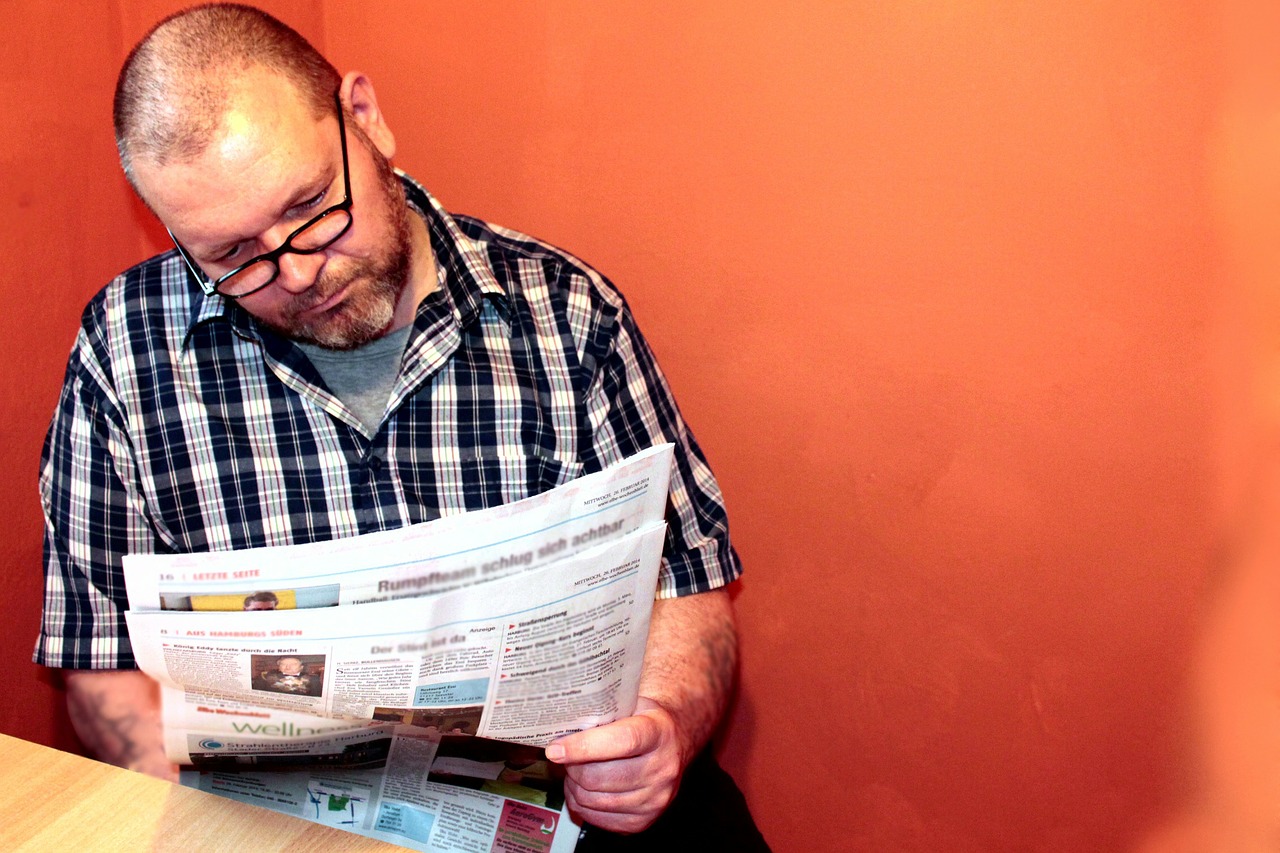Fake news develop where people surrender to exercise critical thinking. But latest report from Italian authority AGCOM denounces the lack of quality information, particularly when dealing with science, technology, and finance
While EU Commission launches a new action plan against misinformation and blames Russia for spending about 1 billion euro per year to fuel trolls and fake news against Western governments, media are again under examination.
According to “News vs. fake nel sistema dell’informazione” report by Italian authority AGCOM, topics such as domestic and international news, as well as politics, account for more than 40% of the average monthly volume of news published in Italy, with contents in a clear excess of actual demand. About 25% of news is about culture and entertainment, and 17% is related to sports. Economy and finance deserve 11% of overall coverage, science and technology only 7%.
In specialised areas, contents offer is lower than demand, resulting in a sort of a vacuum around topics – such as money and investments, new medical achievement, vaccines and cancer treatments, climate change, etc. – that highly influence people, their opinions and behaviours.
AGCOM calculated that fake news were about 1% of total news published in Italy in 2017, but they grew up to 6% in the last twelve months. Top fake contents deal with government members, political parties and issues, but about 20% of fake news in Italy are about science, medicine and hi-tech, and 6% about economy. The Authority thus correlates the lack of quality information to the increasing quantity of inaccurate or manipulated contents.
It’s not all fault of those sloppy readers, stuck to their confirmation bias. Some responsibility is to be ascribed to media professionals, facing accelerated production rhythms, limited resources, and the growing issue of getting an adequate return from contents. All elements that threaten trustworthiness, sometimes hidden behind the excuse of distracted and unskilled end users.
Risks are higher for online magazines, blogs and social media. Putting everyone into the same basket – alas! –, the Authority proved that in 2017 fake contents were about 2% of total online news, but in the last twelve months the ratio came to 10%, decreasing users trust in parallel. Only 5% of Italian adults appreciates online media as credible, while TV (42%) and paper dailies (17%) are still the preferred news sources.
Little solace can be found in fake news’ shorter lifecycle. While an authentic news can circulate up to 30 days on offline and online media, fake news are exhausted in 6 days. Real presence of authentic news (that is the average number of days with at least one media occurrence) is about 20 days, falling to 3 for fake news.
But fake news’ extreme viral attitude and the higher user engagement rate force media and communication professionals for an additional dose of accuracy and self-discipline. As AGCOM states, “at domestic as well as global level, pathological misinformation trends do nest where the media system fails”.



